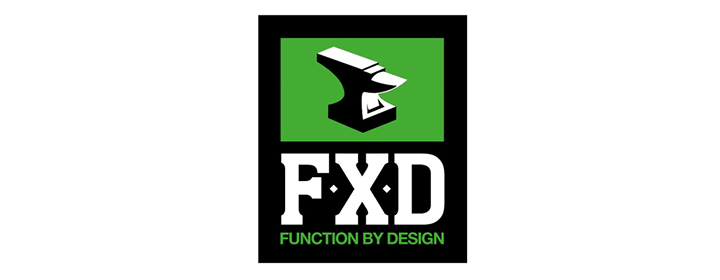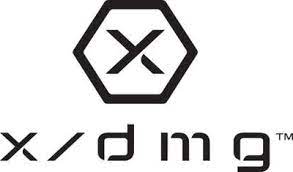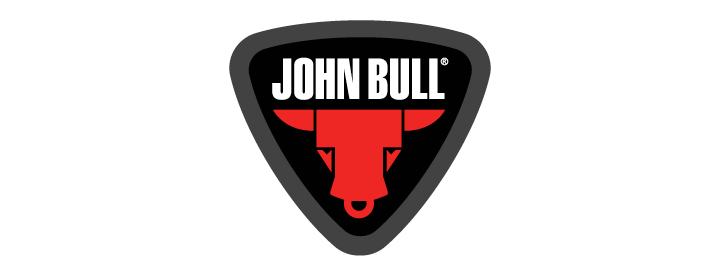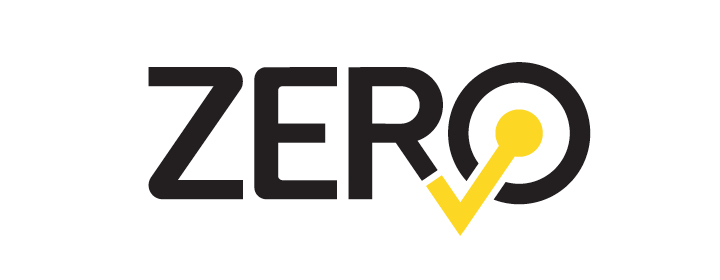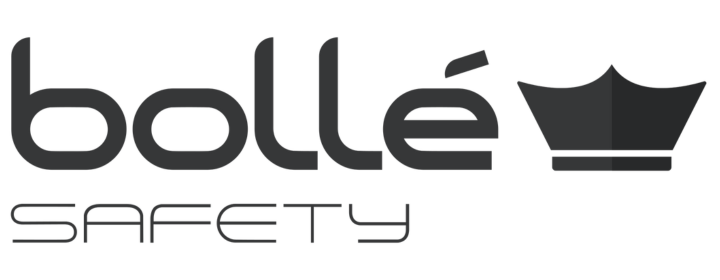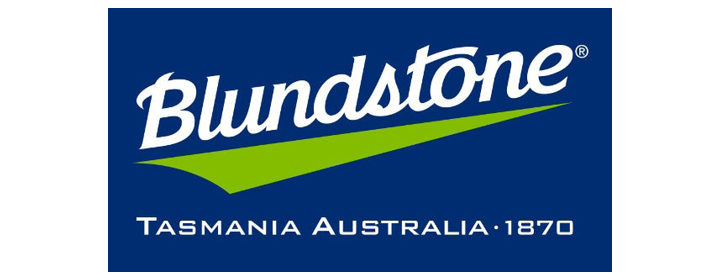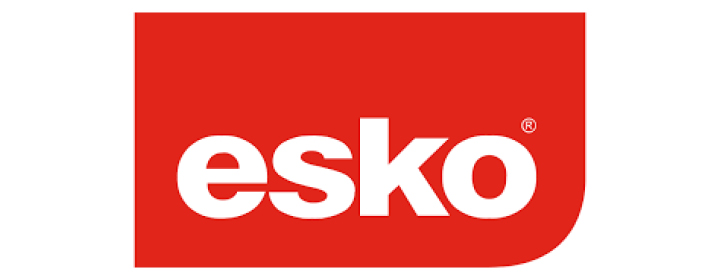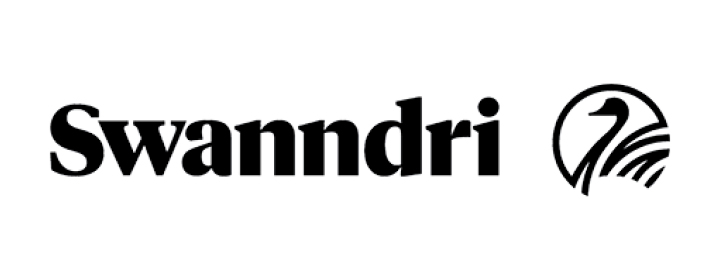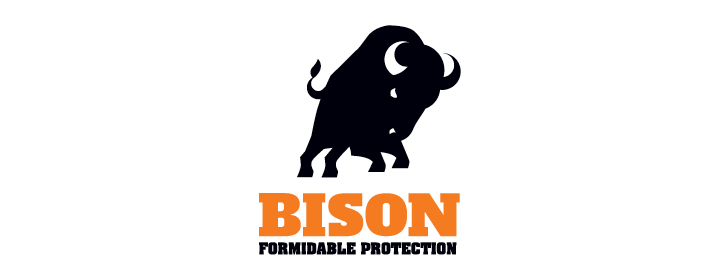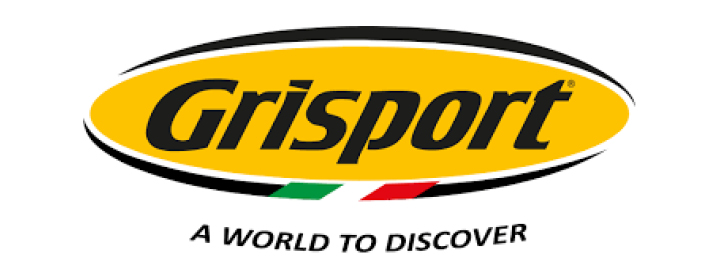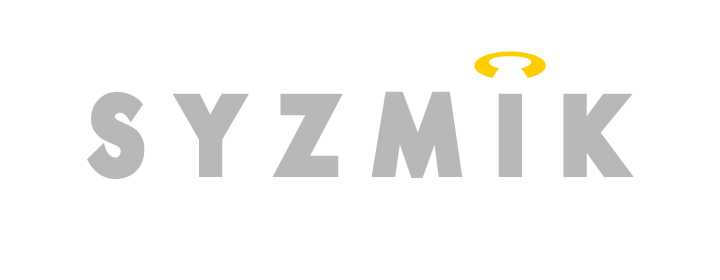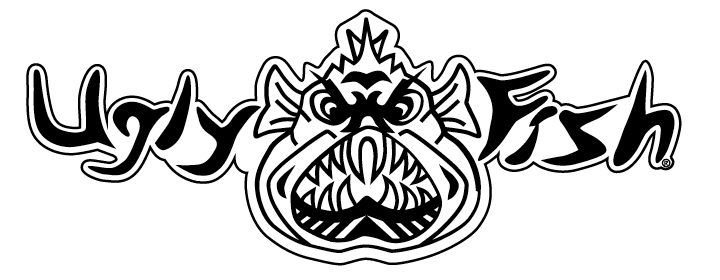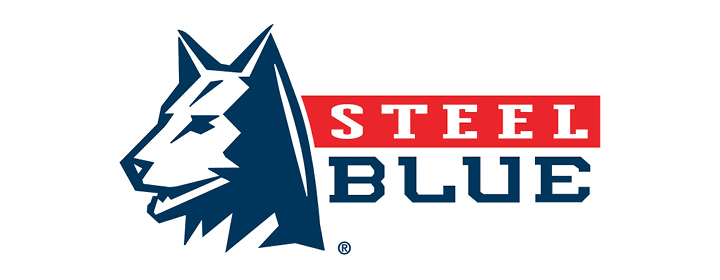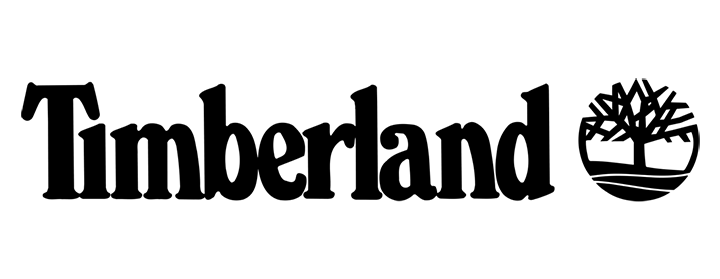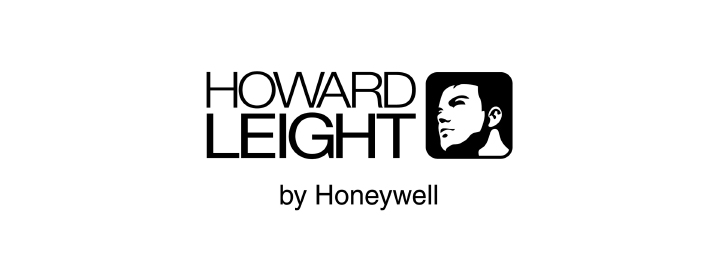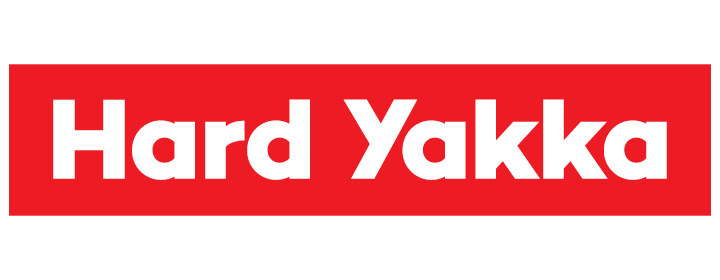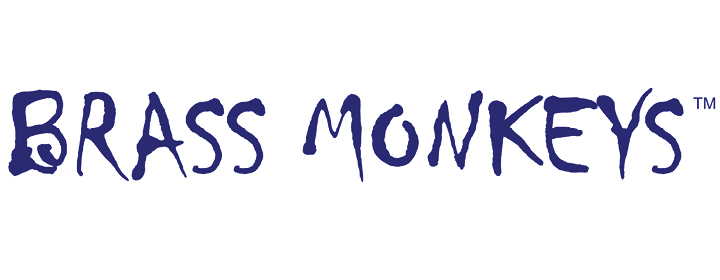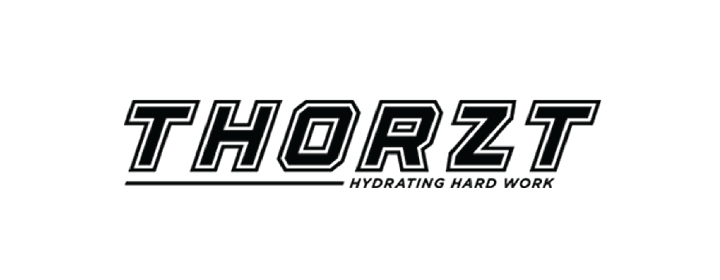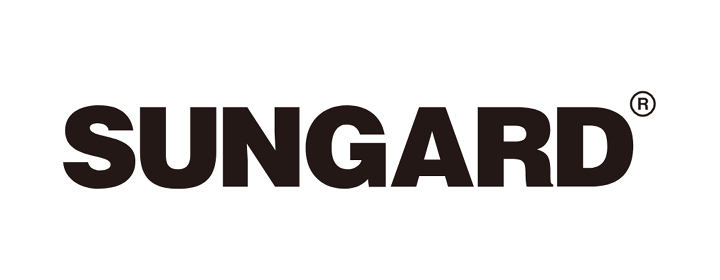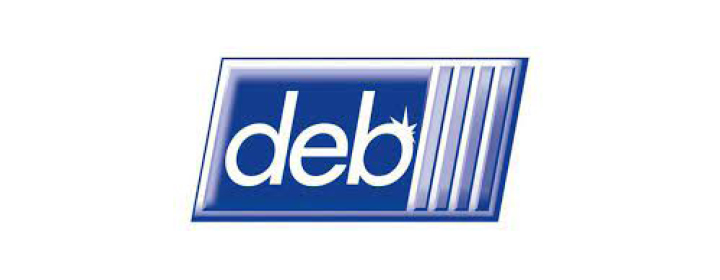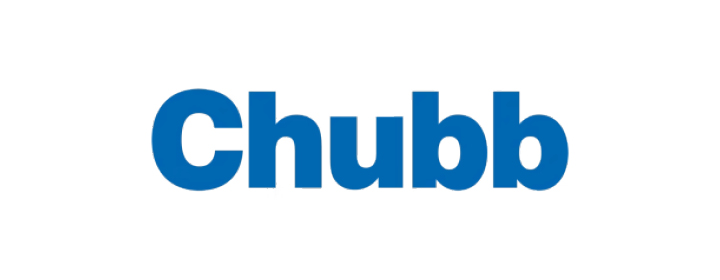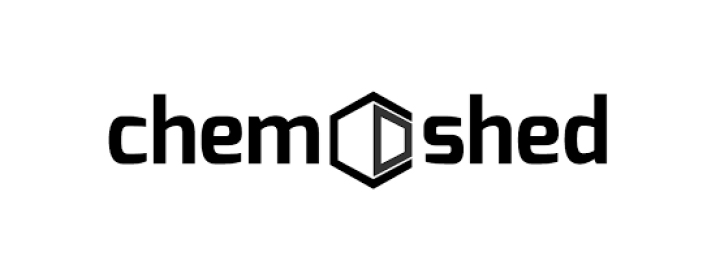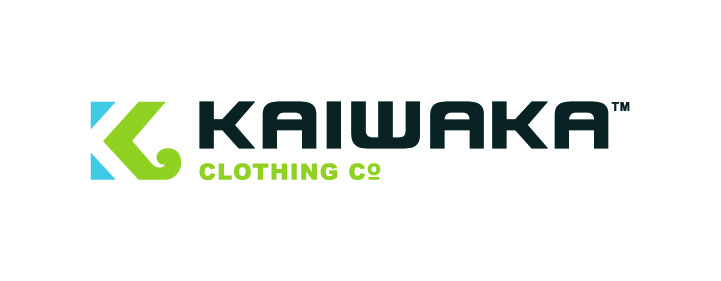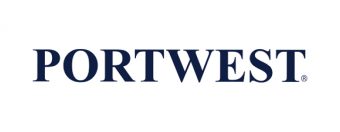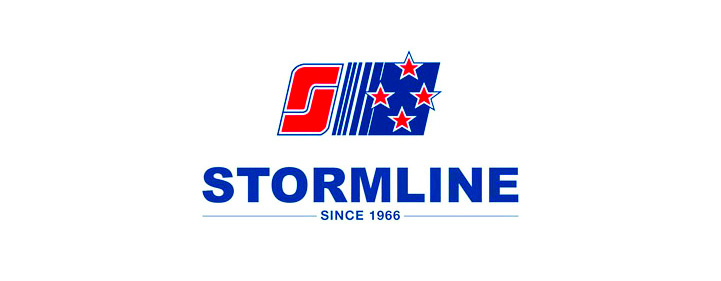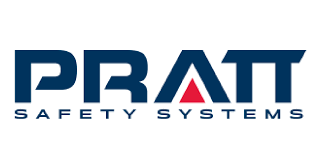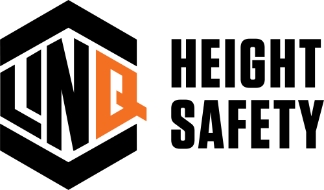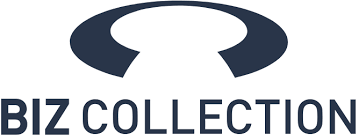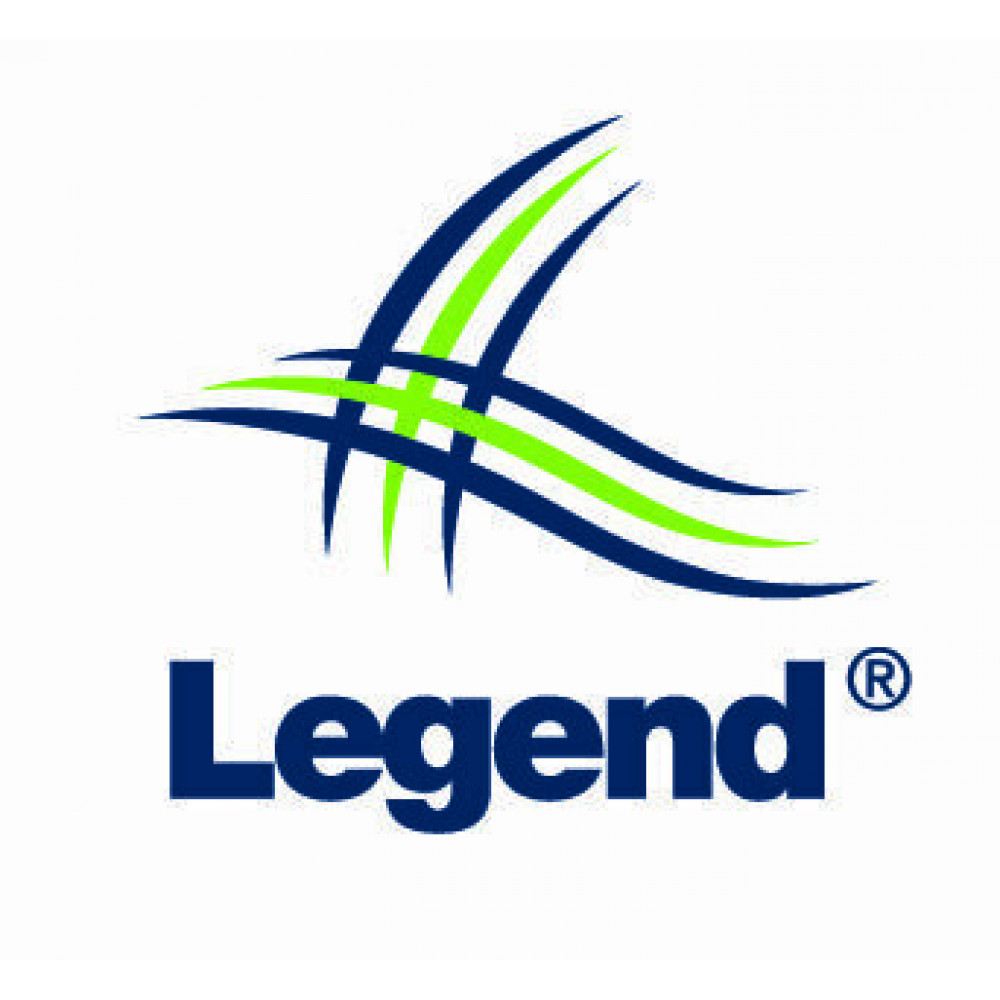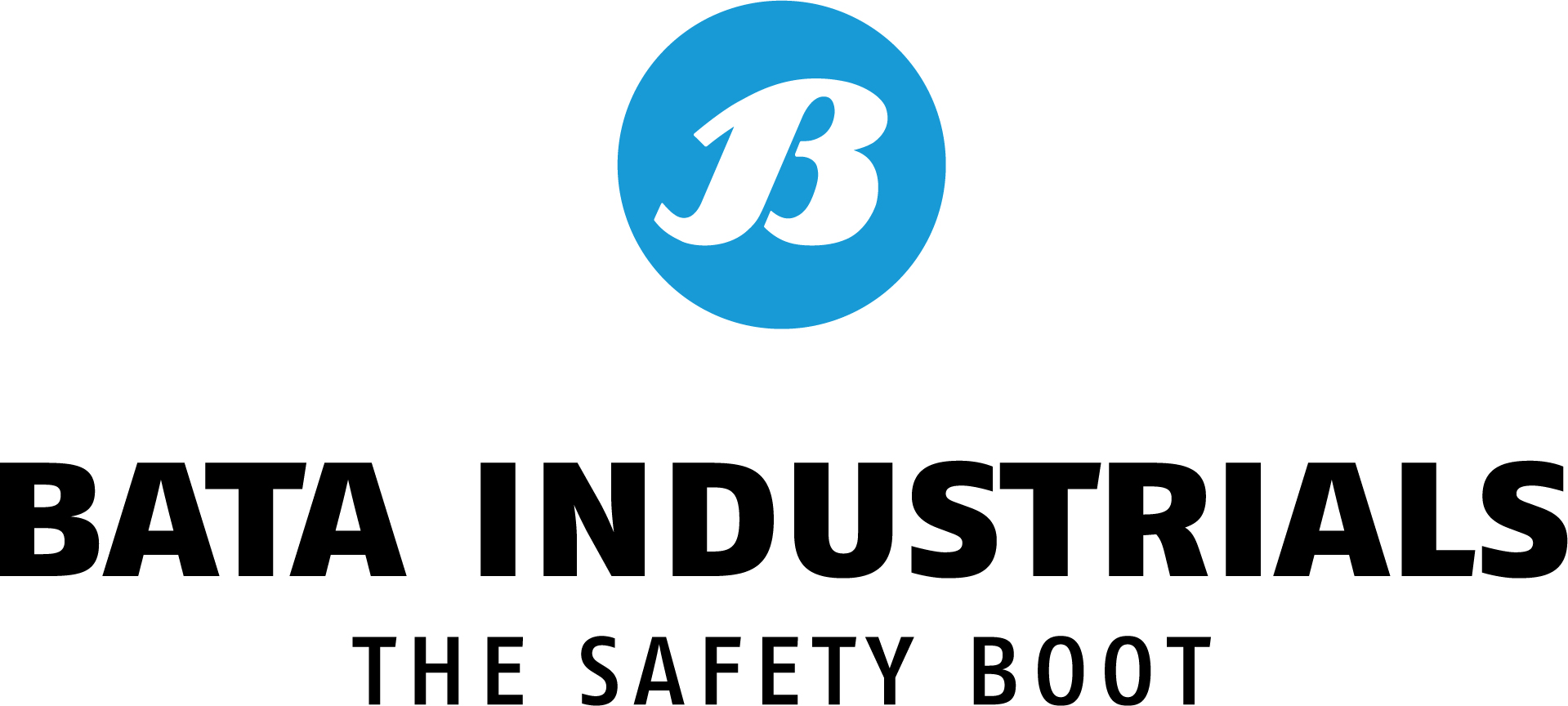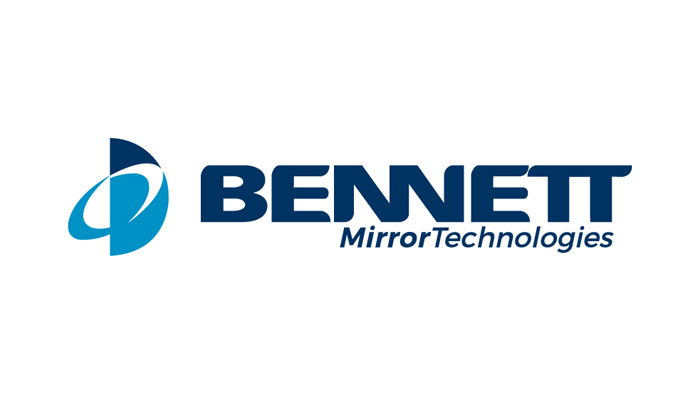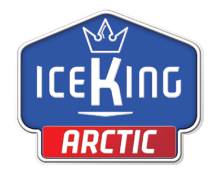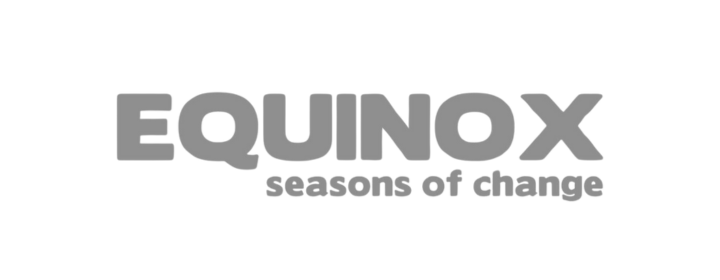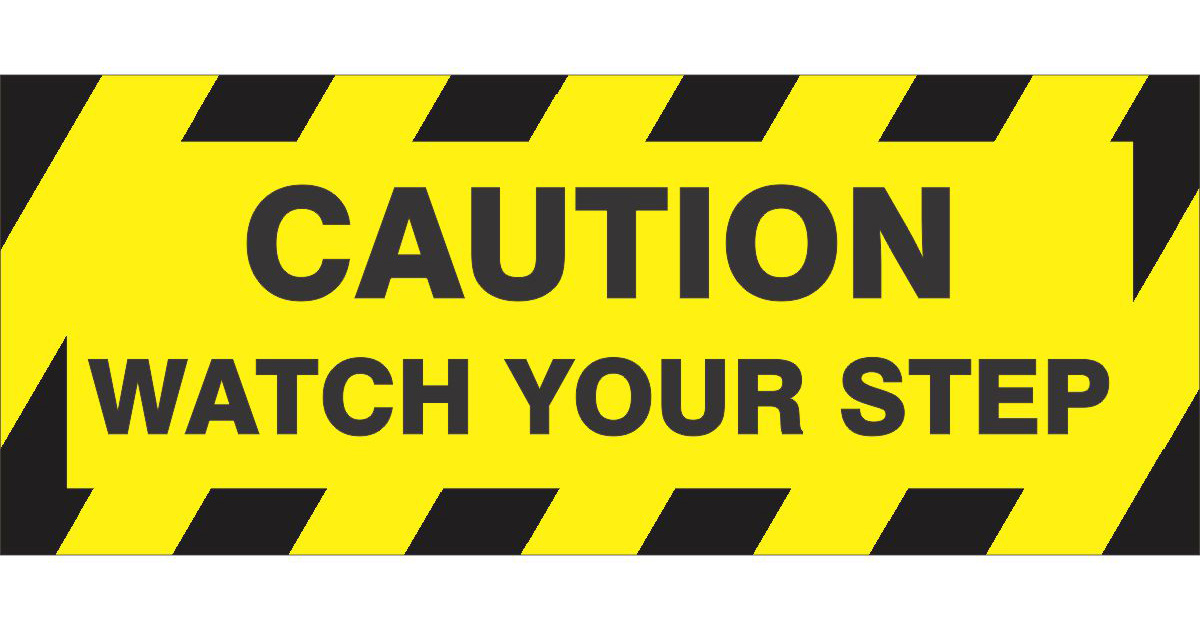Safety Signs in the Workplace
Safety signs are important in the workplace, both for workers and for visitors. Depending on the job, some safety signs are required to be posted at certain spots. Beyond the requirements, it can be a good idea to have a few safety signs in the workplace beyond the minimum.
In this article, we’ll cover some of the rules and regulations about safety signs and how to get signs that comply with these standards.
General safety sign requirements
Signs are required when the area presents a risk to safety. For physical safety, these can be anything from falling objects to needing hi-vis to requirements for PPE. Some have specific rules around usage, while others, like wet floor signs, are recommended.
When you’re unsure, it’s better to overdo safety signage than underestimate what you need. Not putting up signs like wet floor signs could cause someone to get hurt. That can also lead to legal troubles since they can claim the area didn’t have any warning signs up.
Finding when a sign is required in NZ isn’t always straightforward. If you’re unsure, a good place to start is from the HSWA Identifying, assessing and managing work risks.
There are specific requirements for hazardous substances and the signage required when those hazards on our site.
Hazardous substance sign requirements
Hazardous substances have their own requirements because of the risks attached to them. According to worksafe, “signs are required when you have hazardous substances exceeding specified quantities”.
A hazardous substance is defined as a substance that is flammable, explosive, toxic, oxidising, corrosive, or toxic to the environment. These signs need to have an EXPLOSIVE warning for explosive risks or HAZCHEM for any other hazard along with a symbol of the specific hazards on site. All of these hazards have specific definitions and required wording on the sign, with additional restrictions and signs needed for explosives.
For the full guide to hazardous substances and signage, take a look at the guide Working safety with hazardous substances.
Helpful, non-required signs
While some signs are mandatory to have on a work site and must be placed at specific places, others are helpful but aren’t required. Many signs that are commonly used are available pre-made from safety supply shops. But you can also get completely custom signs for your workplace!
Some good examples of non-required signs include:
- Parking rules. If you need to enforce parking rules, these are helpful to have in the lot. In order for your rules to be enforced–like towing unauthorised vehicles–the lot needs a sign in an easily-visible area with the parking rules.
- Signs for complicated procedures. If you have a process or a piece of machinery that takes several steps, a sign is a great way to lay out these steps. Plus it means there’s no excuse for doing steps in the wrong order!
- Informative signs. Use these to show where the toilet is, if you have a door that needs to keep closed, to ring a bell if no one is at the counter, and so on.
Where can I get signage for my workplace?
There are plenty of safety shops in New Zealand that can help you get the signage you need. Some specialise in specific types of signs while others provide a large variety. And many will create custom signs for you too.
At Safety1st, we have a large range of signage, standard and custom made. If you’re looking to get some for your workplace, check out our signage range now.

